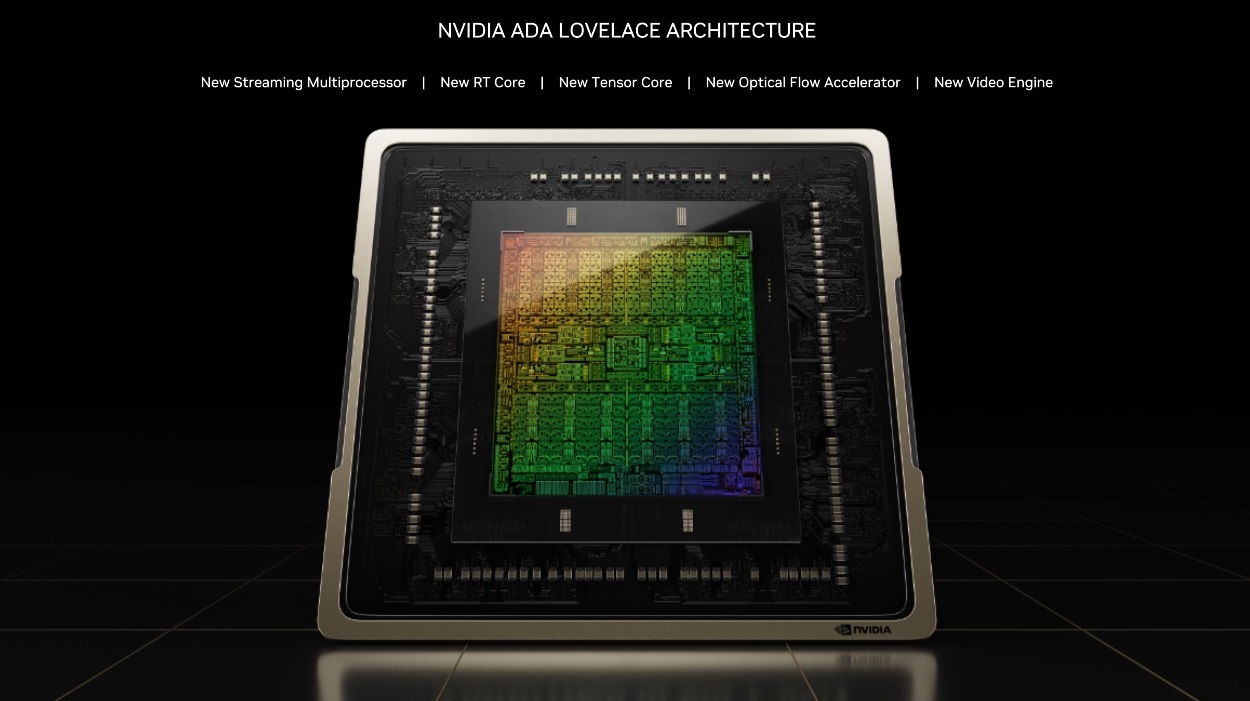Performance or efficiency, a complicated decision, but one that is increasingly important in the technology sector. Even AMD, which managed to keep up with the Ryzen 5000 excellent consumption levelshe was forced to make sacrifices in this sense, in order to increase the raw performance of the Ryzen 7000.
It is true that he did it with Radeon RX 7900 maintain more balanced valuesbut it was at the cost of fine-tuning the operating frequencies below the values that the first rumors suggested, and offering performance that, from what I’ve seen, will not match the GeForce RTX 4090.
I understand that this may not be a problem. Not everyone needs the extreme performance that the GeForce RTX 4090 offers, but the important thing about all of this is that it shows once again that we’re getting to the point where it is increasingly difficult to achieve a significant increase in performance without having to trigger consumption.
It will be interesting to see how this reality develops in the coming years, and especially what happens when the big players in the sector hit the silicon limiti.e. when it is no longer possible to reduce production nodes at the same pace and we have to look for viable alternatives.

Some may believe that it is still far away, but the truth is that the opposite is true, because next year we will already start using the 3nm node and theoretically from 2nm things get complicated and a lotespecially in complex structures and with a high density of transistors.
With all of the above in mind, I wanted to focus this article on asking you a simple and clear question: are you more interested in the raw performance of a component such as a CPU or GPU, or do you value efficiency more? In my case I have a weakness for power, although I can contextualize and judge effectiveness perfectlyi.e. the balance between the two values.
Designing and manufacturing efficient components is complicated, but we shouldn’t underestimate the difficulties involved in creating high-performance components because we’re talking about billions of transistors in very advanced manufacturing nodes that have to work perfectly. The most efficient designs are often simpler in this regard, and we can see this in the current example, as the Navi 31 GPU used in the Radeon 7900 XTX 58 billion transistors (including infinite cache chips), while the AD102 GPU present in the GeForce RTX 4090 adds 76.3 billion transistors.
Now it’s your turn, power or efficiency? Read in the comments.














